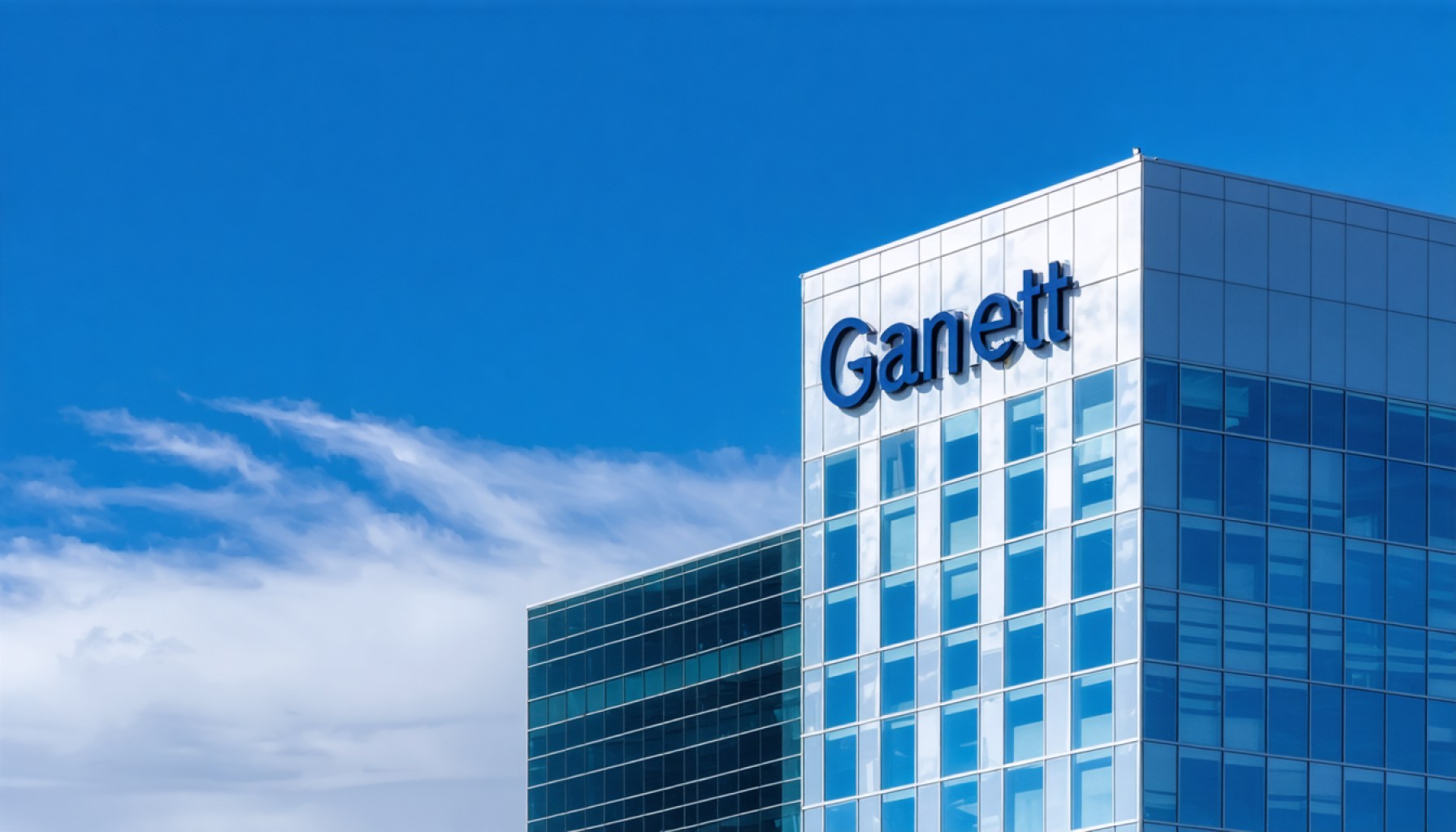- Patriot Rail plays a vital role in U.S. supply chains with its extensive network of shortline railroads.
- Embarking on a $440 million refinancing initiative, Patriot Rail attracts analysis from Fitch Ratings, Moody’s, and S&P Global Ratings, a rare comprehensive evaluation.
- Moody’s projects 2024 revenue at $198 million, emphasizing its niche in packaging and paper transport.
- Fitch assigns a higher BB rating to Patriot Rail’s debt issue, citing its established network and stable cash flow.
- The rail company benefits from a less competitive intermodal environment, contrasting with trucking rivalries.
- Patriot Rail’s debt metrics remain high, but strategic capex projects hint at future growth.
- Igneo Infrastructure Partners backs the company with a $25 million commitment, supporting expansion and reinvestment.
- The company exemplifies resilience and adaptability within the evolving rail industry.
Beneath the expansive skies of the American Midwest, Patriot Rail’s extensive network of shortline railroads powers on, an understated force in U.S. supply chains. As the company, known by its official moniker NA Rail, steps into the debt market with a $440 million refinancing initiative, three key rating agencies cast their critical eye on its strategic moves—an approach rarely seen, as companies typically satisfy themselves with fewer assessments.
In a remarkable divergence, Fitch Ratings, Moody’s, and S&P Global Ratings each paint a different picture of Patriot Rail’s fiscal health. Moody’s pegs 2024 revenue at a “modest” $198 million, with a nod to the company’s solid, yet niche, focus on packaging and paper transport. Meanwhile, Fitch praises Patriot’s robust network, which they describe as “established and geographically diverse,” reflecting a domestic-centric operation with a commendably steady cash flow.
While all three ratings remain entrenched in non-investment-grade territory, Fitch extends an optimistic outlook with a BB rating on its latest debt issue—remarkably three notches higher than Moody’s. Their optimism anchors in the unique stability of Patriot’s ailments and its lack of fierce competition from intermodal railroads, offering a sweet spot away from the relentless trucking rivalry.
Despite hefty debt metrics hovering near 5.5 times their earnings, the agencies detect a pulse of recovery, citing growth projections amid Patriot’s strategic capex projects. The enduring support of its major shareholder, Igneo Infrastructure Partners, reinforces this momentum by committing $25 million toward growth, crafting a bold narrative of reinvestment and expansion.
In a dynamic freight landscape, Patriot Rail is not just weathering the storm but steering its course with a newfound strength, carefully balancing historic foundations with forward-thinking strategies. In doing so, it redefines what it means to remain nimble and resilient in the rail industry.
The Surprising Power Play in Railroads: How Patriot Rail is Reshaping the Industry
How-To Steps & Life Hacks for Leveraging Rail Transportation
1. Understand Your Logistics Needs: Evaluate whether your transportation requirements fit into rail freight. Rail is especially suited for bulk commodities or heavy goods over long distances.
2. Engage with Shortline Railroads: Shortlines, like those operated by Patriot Rail, offer flexible routing and connections to larger rail networks. Contact them for custom solutions.
3. Leverage Real-Time Tracking: Utilize technology to track shipments in real-time, ensuring timely updates and peace of mind.
4. Incorporate Sustainability Goals: Railways generally offer a lower carbon footprint than trucking. Align your company’s sustainability objectives with rail transportation to improve your environmental impact.
Real-World Use Cases
– Packaging and Paper Industries: Patriot Rail’s focus on these markets demonstrates that rail is effective for industries with consistent, high-volume transportation needs.
– Agricultural Products: Shortline railroads are often used to transport agricultural goods to processing facilities or ports.
– Construction Materials: Heavy bulk materials benefit significantly from rail transport’s cost-efficiency and capacity.
Market Forecasts & Industry Trends
The shortline rail industry is expected to grow modestly as the demand for sustainable supply chain solutions increases. According to a report by the Association of American Railroads, freight railroads are poised to benefit from infrastructure developments and federal support for rail investments.
Security & Sustainability
Railroad transportation companies like Patriot Rail are investing in security technologies to protect cargo and improve logistics oversight. Furthermore, the reduced greenhouse gas emissions associated with rail transport make it an appealing alternative for companies aiming to meet ESG (Environmental, Social, and Governance) criteria.
Insights & Predictions
Given the strategic investment by Igneo Infrastructure Partners and Patriot Rail’s focus on niche yet stable markets, the company is well-positioned to capitalize on the growing emphasis on de-carbonization in logistics. Future advancements in rail technology might further amplify these gains.
Pros & Cons Overview
Pros:
– Environmentally friendly compared to trucking.
– Cost-effective for heavy and bulk transportation.
– Stable and reliable with reduced competition from intermodal railways.
Cons:
– Less flexible than trucking for last-mile delivery.
– Infrastructure limitations may require investment to expand routes.
– Poses financial risks tied to debt metrics and interest rates.
Actionable Recommendations
– Consider Rail for Bulk Shipping: If your business routinely ships large volumes over long distances, rail could be more cost-effective than road transport.
– Balance Modal Transportation: Combining rail with trucking can optimize your supply chain through intermodal solutions.
– Connect with Industry Professionals: Building relationships with key players in the rail industry can offer insights into optimizing transport strategies.
For more insights on how railroads can transform your supply chain, visit the Association of American Railroads.
In summary, companies like Patriot Rail are strategically positioned to take advantage of industry shifts toward more sustainable and cost-effective transportation methods. By understanding and leveraging these trends, businesses can better navigate the complexities of modern logistics and supply chain management.











